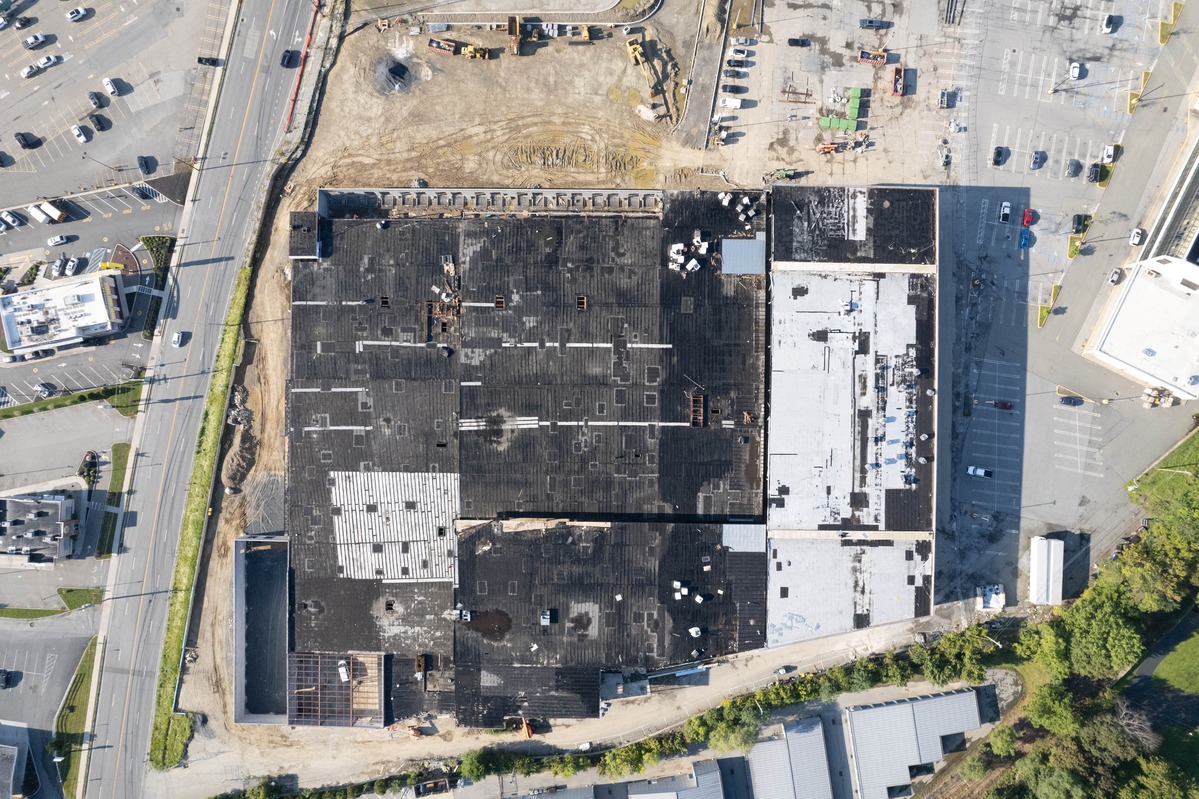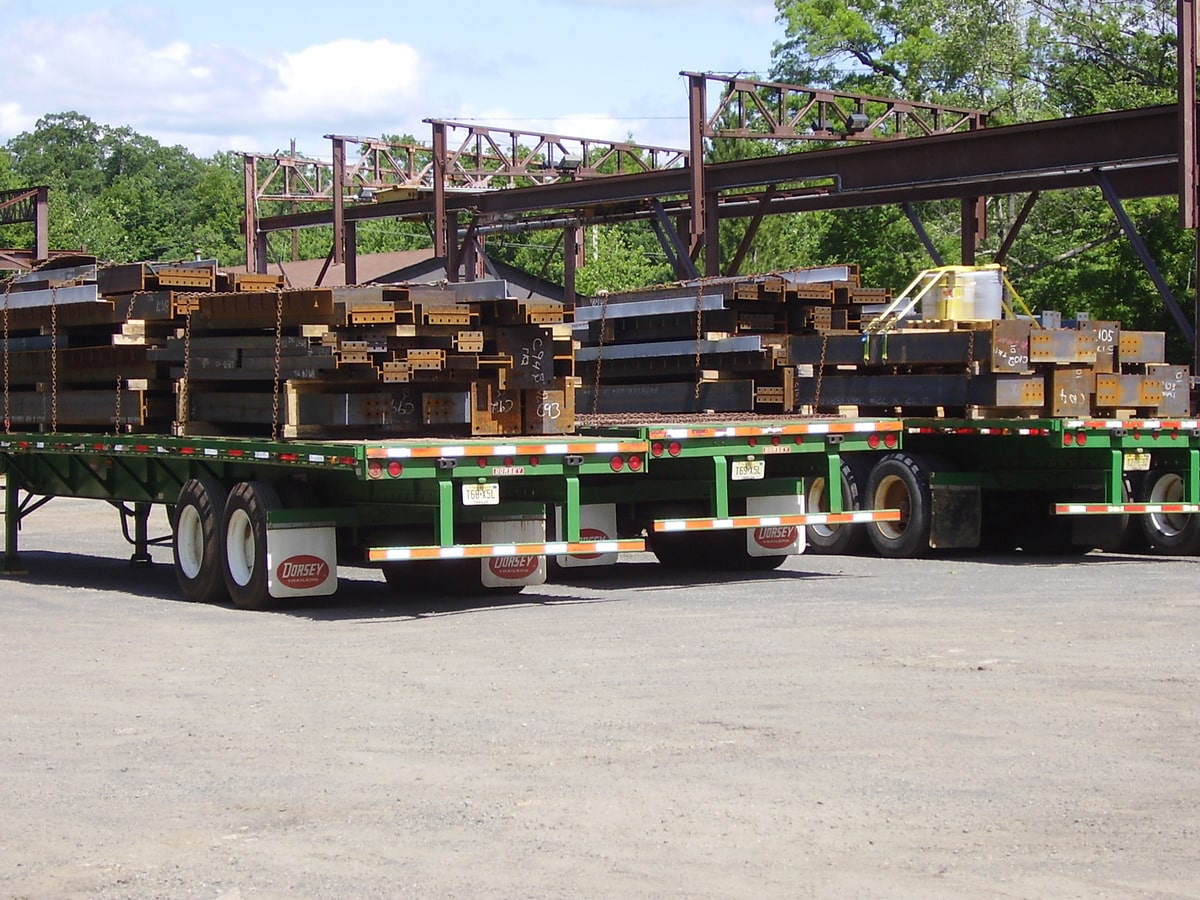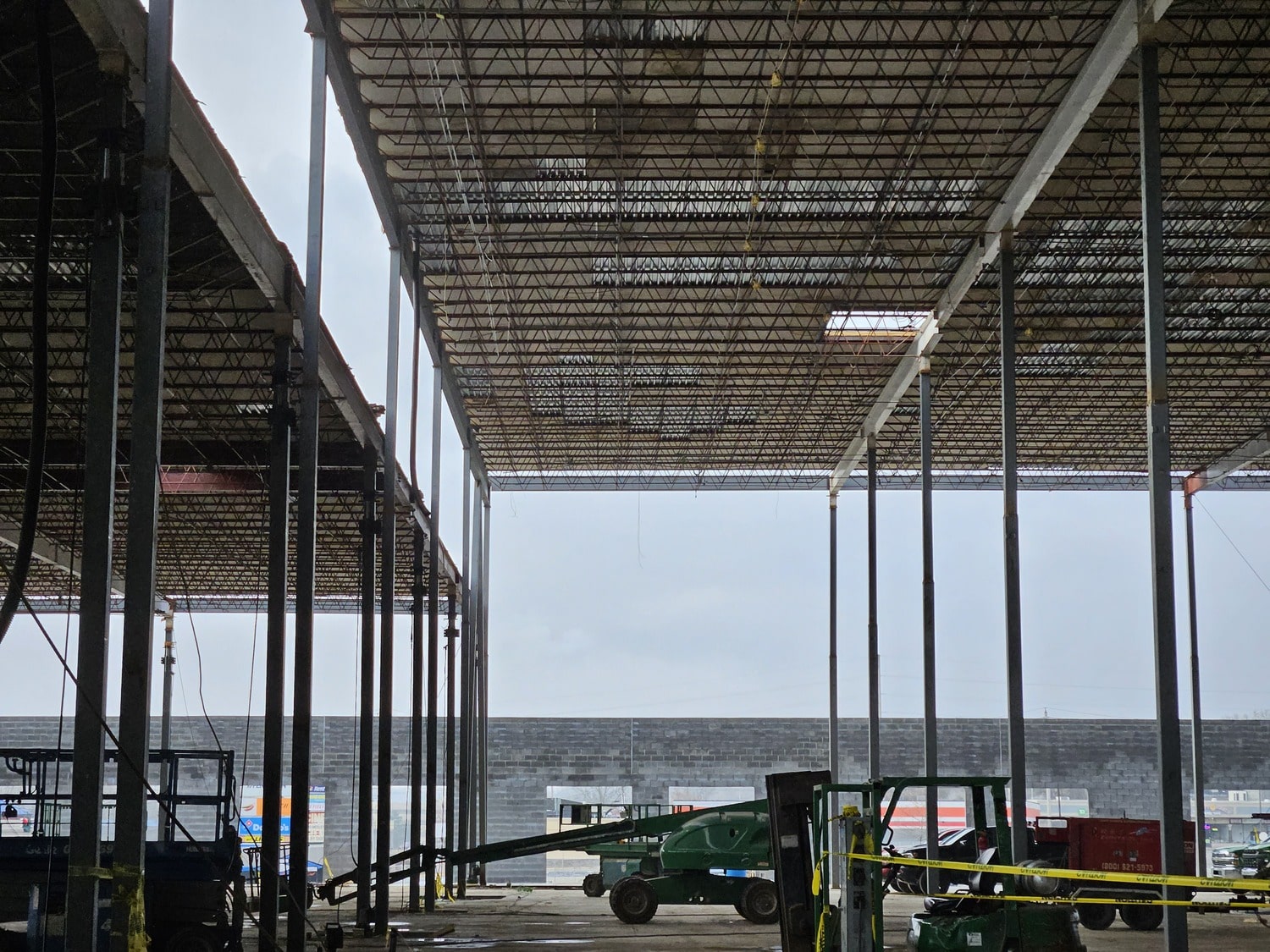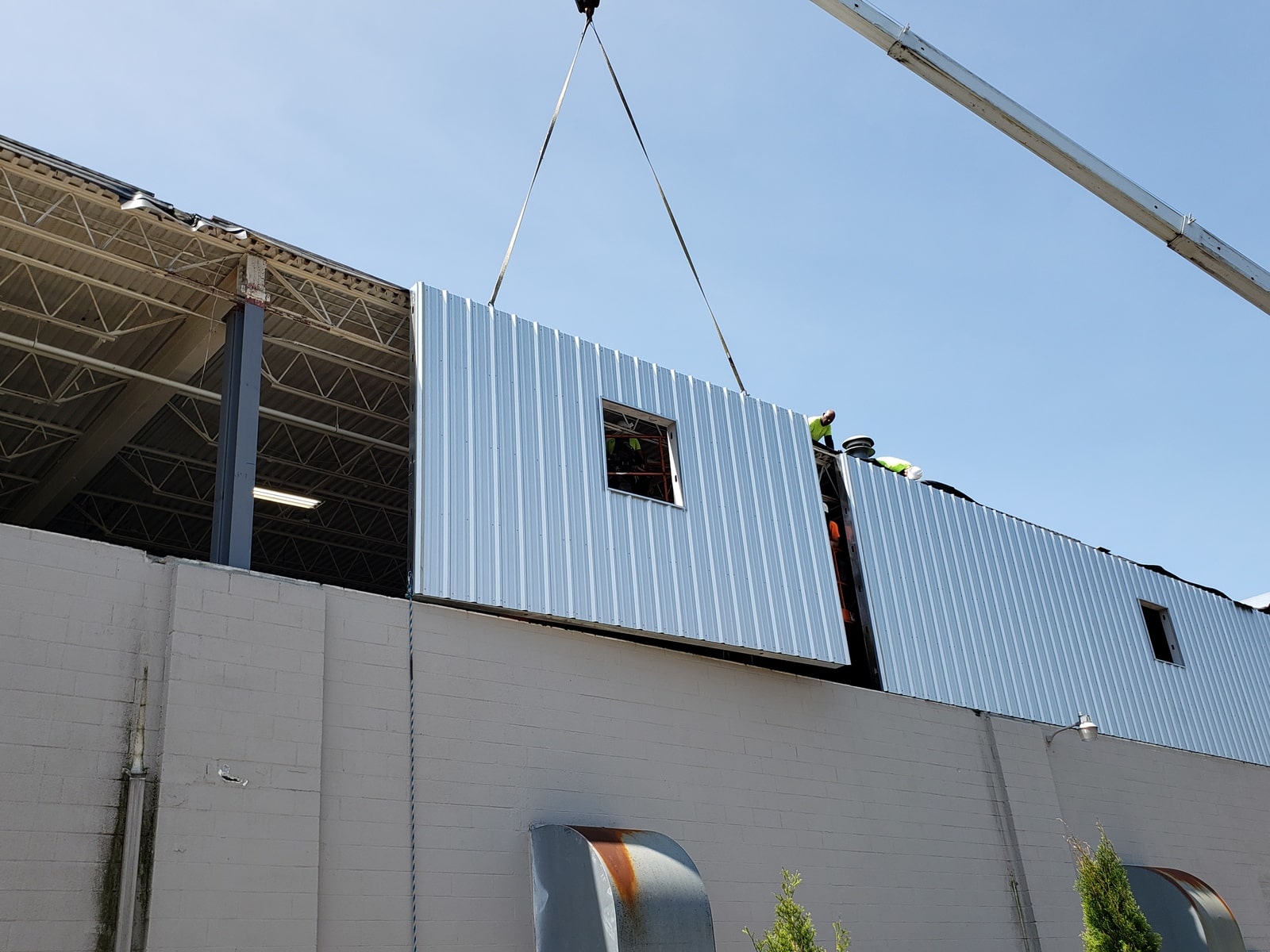Surgical Precision And Steel Ingenuity.
LIFTEX is a highly skilled and experienced team that not only invented the technology we utilize in a roof lift, but also specializes in engineering structural steel solutions to solve “outside of the norm” challenges some of our clients encounter.
Renowned for making difficult structural challenges look easy via a design-build process that focuses concurrently on structural engineering and means/methods, LIFTEX ensures that everything is structurally secure both during and after lift. LIFTEX is the only choice if maintaining structural integrity throughout the process is a priority. The art of roof lifting is a challenging and meticulous task that should only be entrusted to the best and most experienced in the field – LIFTEX.
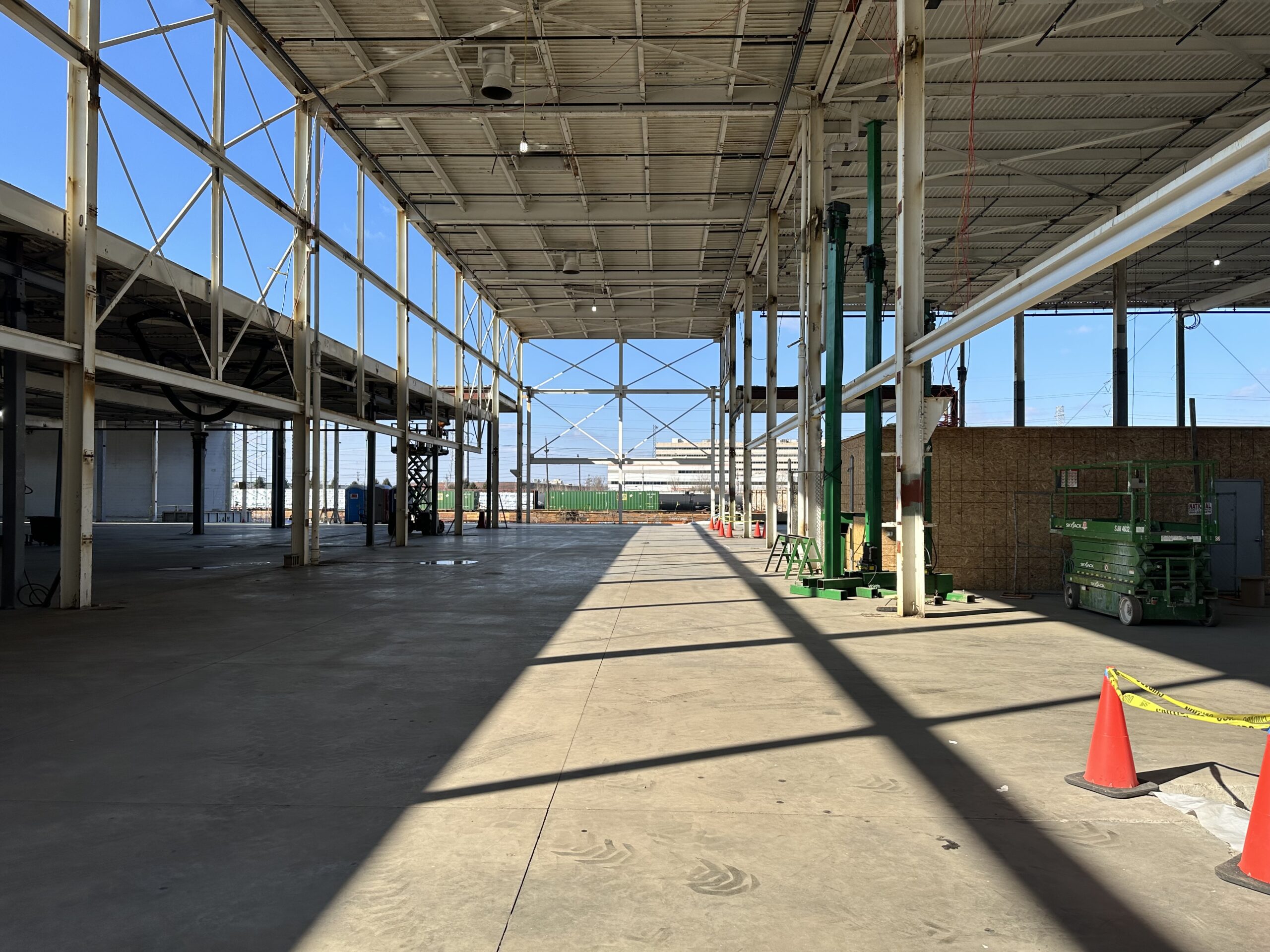
The Anatomy of a Roof Lifting Project.
Four Phases of Roof Lifting.
Solution Development.
Qualification & Budgeting
We listen to the needs and goals of our clients & their potential project, and then advise whether roof lifting would be a feasible option. We do this by reviewing the information they provide, and by often visiting the building to gather additional information they cannot, all while educating them on what they can expect from a roof lift.
With the accumulated information, a budget range is put together and delivered. For customers that need a “rough” order of magnitude range, we furnish those same day using information from our historical data. For customers that need better accuracy, a project specific budget can usually be turned around in 2 weeks, a typical construction bid timeline.
The quality of the range is dependent on the quality of information and the time given to review it. Our budget proposals include a combined total project estimate which builds in contingencies for work performed by other contractors, such as demo, wall cladding, MEP, masonry, etc.
When a prospect authorizes due diligence, LIFTEX visits the site for a detailed field survey, and performs preliminary structural engineering to define an exact scope of work and contract pricing. Due diligence carries a fee, but that fee is applied to the price of the bid if a contract is executed.
Engineered Design
Once a contract has been secured, our engineers and drafting team develop the plan for the client’s new and improved space. Plans are carefully crafted & refined and coordinated with the design team to meet expectations and ensure satisfaction. PE signed and sealed drawings for permit application are furnished as a result.
Preparation.
Preparing to Mobilize
LIFTEX and other key players work concurrently to prepare the site for our crew’s arrival. On the client side, permits are obtained, remaining demo is completed, and any prerequisite construction work is performed. On the LIFTEX side, our team performs a final field measure on demo completion. The gathered information is used to draw and fabricate structural steel to be installed during site preparation.
Preparing to Lift
On confirmation that the site is properly prepared, and fabricated steel is ready for delivery, crews mobilize materials and equipment.
Site work begins almost immediately. The focus of the crew is to convert every lift point into a steel telescope by installing additional or replacement steel. Once all lifting steel is erected, temporary bracing and lifting equipment are installed. Then, the attention then turns to freeing the roof from its current supports, separating the roof from the perimeter fo the building, and allowing for lift.
Lift.
‘Lift Day’ is the main day we raise the roof! The roof is lifted continuously until the roof reaches the prescribed height. Typically, a roof is lifted at a rate of 1 foot per hour. Larger roofs are lifted in multiple sections. On projects that allow it, the LIFTEX team welcomes clients to observe the process, and can offer a short explanation of how it’s done and what they are seeing.
Finishing.
Structural Steel Scope
Immediately following the lift, LIFTEX crews begin installing the final steel required to re-support the building at its new height. It begins with welding or bolting the telescoping columns, and typically finishes with the installation of bracing and other steel to stabilize for wind and earthquake forces.
Completing the Envelope
While the structural steel scope is unfolding, other trade work also begins to re-assemble the key systems of the building. New cladding is installed from the former elevation to the raised elevation, and the roof edges are re-sealed to make the envelope watertight. MEP lines are re-connected, and fit-out follows soon after. LIFTEX may also perform the enclosure scope, partnering with experienced construction contractors managed by our team. Some clients hire their own enclosure contractor, yet LIFTEX remains a resource to ensure any scope overlap is covered.
What Are The Roof Raising Steps?.
You may be wondering “how exactly does a roof lift work”?
There are six (6) main steps to lifting a roof once all preparations are made:
1. Make Every Lift Point a Steel Telescope
Our first step is to convert or replace existing internal building support columns into ‘telescopes.’ We either wrap the existing column with a 2-piece sleeve that is assembled on-site, or we remove the column and insert a structural steel tube that has a smaller tube inside of it, which will extend upwards towards the roof.
2. Fortify The Building Perimeter
When there are columns at the perimeter of the building, we will place a new ‘telescoping column’ in front of them. If there are no perimeter columns, we will install new structural steel beams to support the wall-bearing steel with new telescoping columns underneath them – these are permanent structural steel beams that will remain after the roof lift.
3. Temporarily Brace The Columns
Erection cabling and bracing is added in addition to the columns being tied back to the footings. This will help protect the building from any transient lateral movement during the short period of time between roof separation and final re-supporting.
4. Install Hydraulics and Hardware
Now that the building is prepped and ready, we install our lifting equipment. Our roof lifting equipment utilizes a double-pin, double-cylinder hydraulic system with our proprietary hardware at each lift point, capable of safely lifting the entire roof section up 1 foot at a time.
5. Separate and Lift the Roof
1. The edges of the roof are separated, and the insulation/membrane is pulled back about 1 foot around the perimeter of the roof. During this phase, all vertical supply lines for utilities will be separated or cut and temporarily attached with flexible lines with enough slack. All steel wall ties are cut and the building is meticulously inspected to ensure safe elevation. The lift day crew, typically consisting of one person for every 6-10 columns, will be on-site to operate the hydraulics and lift the entire roof one foot at a time. Typically, a roof can be lifted by 1 foot per hour, and lifting the roof to the predetermined height can take anywhere from 1-3 days per section.
6. Structural Re-Support
Once the roof is finished being lifted to the desired clear height, our team immediately begins the structural re-support – on the same day in most cases! We will permanently secure the inner part of the telescopes to the outer part (welding or bolting), while splicing-in column extensions at the perimeter and installing new wind and earthquake (seismic) bracing.
Why We’re Number One in Roof Lifting.
Once our crew lifts a roof, the same crew of ironworkers immediately begins the additional structural scope, remaining on the project until completion. LIFTEX is committed to performing the job in the safest and most efficient way possible, while also delivering the best value. This can only be achieved when one company performs both the lift and the re-support.
LIFTEX is comprised of steel industry professionals from a few families that are intensely passionate about roof lifting. We pioneered and patented our lifting system over 40 years ago. We’ve worked hard over the years and refined the equipment and the process so that our clients only receive finished results that meet the highest standards of quality. Come join the family, and talk to us about lifting your roof today!
Ready To Talk To LIFTEX?
Did this page answer some of the questions you had about roof lifting? If you still have more, we’re eager to talk to you!
We’re confident that lifting your roof could be the solution that enables your enterprise to grow without unnecessary expenses or delays. Contact LIFTEX today!
GET A QUOTE.
For a quick estimate, fill out and submit the quote form. While a firm quote requires a site survey, we’ll provide an indicative figure. Attach documents, drawings, or images to the lead form for better assessment. Thank you!

